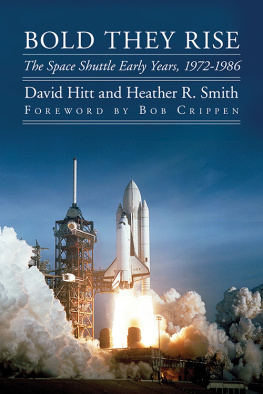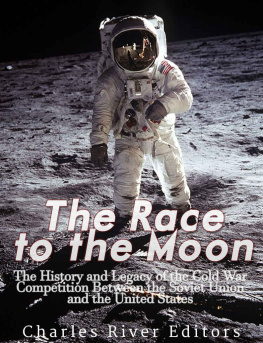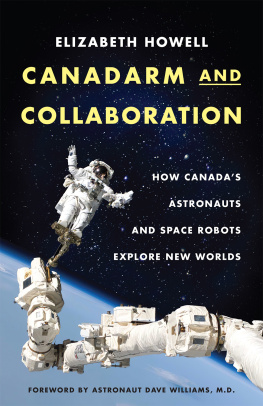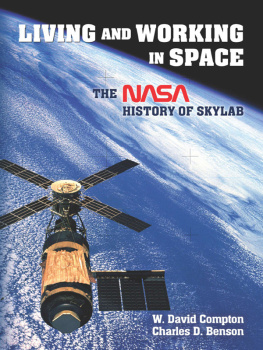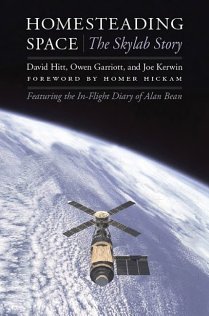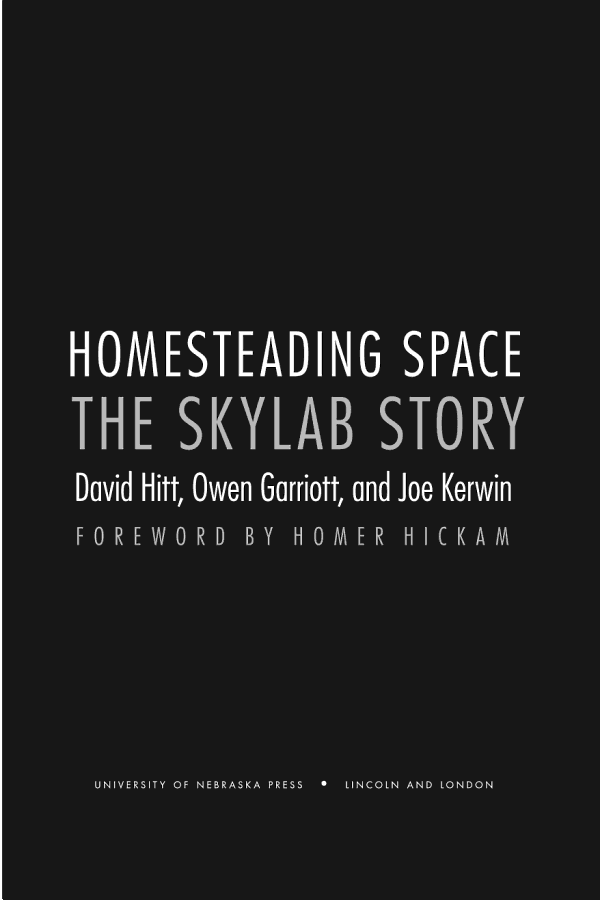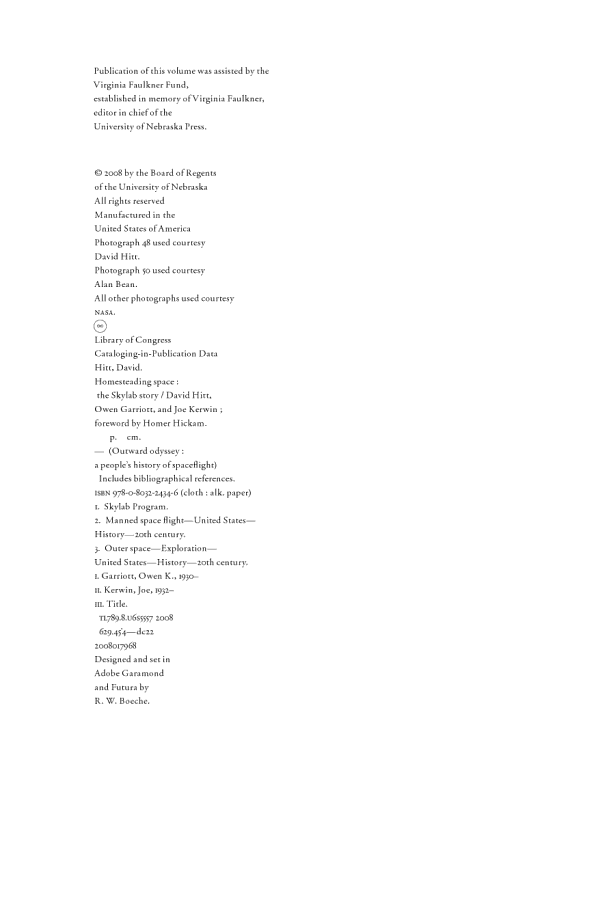Homesteading Space
In honor of the thousands of men and women down here
who made possible what was accomplished up there.
While it would be impossible to name individually in these pages the legions of people who contributed to the Skylab program, their dedication and hard work are truly appreciated.
Illustrations
Copyrighted image removed by Publisher
Copyrighted image removed by Publisher
Foreword
Homer Hickam
The book that follows is a riveting, insightful account of the Skylab missions flown by the United States in 1973 and 1974. It is also simply a great yarn. Skylab began as an underdog, was nearly knocked out several times, staggered back to its feet, and fought on against overwhelming odds until it became a champion. In a lot of ways, it was the Rocky of space, and just like the story in that great film, it is an inspiration for all who know it. The difference is the remarkable saga of Skylab is all true.
For those of us who are old hands at NASA and in the space business, it is sometimes easy to forget what a great adventure it was and still is. Ultimately when all the layered explanations of why we go into space are peeled away, adventure remains at its core. But adventure aside, there are many quite practical reasons to go off our home planet. For one, the solar system is awash in energy resources such as microwaves and solar energy, and even the helium-3 isotopes that cover our moon seem perfect for futuristic fusion reactors. For another, the absence of gravity might ultimately produce wonderful new products, even life-saving medicines. And where else but space can we go to get above our light and radio-wave-polluted Earth and gain unobstructed views of our sun, the solar system, and the universe? Space is a scientific gold mine, and I believe some day it will be an economic one as well. But to be successful in the cosmos, we have to first figure out how to get there and stay. In other words, we have to learn to homestead space. This book tells how we first began to understand how to do that, through the program known as Skylab. Although often neglected by spaceflight historians, Skylab provided the key to all human space activities that followed. Quite simply, it was the series of flights that proved to the world that humans could live and work for long periods in space.
I grew up in the golden era of science fiction where all the spacemen (and spacewomen, though often scantily clad) were stalwart and brave. They were sort of ingenious, techno-savvy Davy and Polly Crocketts conquering the wild frontier while riding rockets. The robots in those tales were usually built only to help their humans through some difficulty (Danger, Will Robinson!), and the mightiest computer was the one every human had between his ears. If people were to explore space, theyd just have to go there themselves and have a look around. There was no other way. Not many of my favorite old-time writers guessed that by the time we were actually able to go into space, there would be a revolution in robotics combined with minimizing the size and maximizing the capabilities of computers. The reality of early spaceflight (and thats where we are nowvery, very early) is that it is far easier, cheaper, and faster to send a robot than a human into space to explore and send back information on anything we please. But does that satisfy us? No indeed, and it shouldnt. For instance, we are also perfectly capable of purchasing a video travelogue of Paris. From the comfort of our living rooms, we can see the traffic passing beneath the Arc de Triomphe and the strollers along the Champs lyses. But can we experience Paris with a video? No. We can only get a sense of what it is like. We cant look around a corner to see where some interesting alley might lead, or sit on a park bench and smell the aroma of fresh bread, or discover a new artist in the Louvre. It is the same for space. Ultimately to experience it, to gain from it all the riches it holds, the old sci-fi writers were correct. We humans must climb into pressurized containers and boldly rocket into the cosmic vacuum and there wrest from it with our own two hands all that it holds. In other words we still need spacefaring Meriwether Lewises and William Clarks off on bold adventures while accomplishing important scientific and economic work for the nation. The men and women who built and operated Skylab understood this and were determined to make such space accomplishments possible.
Skylab was designed to gain scientific knowledge in Earth orbit by utilizing equipment originally designed to carry men to the moon and back. It could be fairly said that Skylab was built from the spare parts of the Apollo program. Accordingly it was often neglected while the moon shots got all the energy and money, but eventually its time in the sun came, and what a grand time it was! Looking back now its astonishing what we learned from it. During its three crewed missions, a trove of scientific knowledge was harvested that is yet unmatched by any other space facility, including the International Space Station. Skylabs huge volume, its well-constructed and considered scientific packages, its ability to generate more than adequate electrical power (after some emergency repairs!), and its focused crews made it, in my opinion, the finest comprehensive science and technological platform any country has ever sent into space. But I have to confess what I really, really like about Skylab is this: When it got into trouble, spacemen armed with wrenches, screwdrivers, and tin snips were sent up to fix it. No robots, no computers, no remotely controlled manipulating arms, just guys in suits carrying tools. The old sci-fi writers would have loved it!
Of course, with any space mission there is far more to the story than the spacecraft itself, or the crews. There must first be the visionaries who conceive the mission, then the politicians who must back it, followed by the armies of engineers, managers, accountants, and myriad other professionals who make it all work on the ground before the first rocket engine is lit on the pad. As this book informs us, one of Skylabs visionaries was a favorite of mine, none other than Dr. Wernher von Braun. In my memoir, Rocket Boys/October Sky, I told how when I was a teenager, more than anything in the world, I wanted to work for Dr. von Braun. In fact his brilliance was the distant, flickering flame for all the rocket boys and girls of that era and the reason a lot of us became engineers and scientists. Part of the fun of this book is reading how Dr. von Braun just went ahead and did things, including building the giant Neutral Buoyancy Simulator (nbs) at Marshall Space Flight Center in Huntsville, Alabama. The nbs was a big tank of water that allowed astronauts and engineers to simulate the weightless conditions of space. I am very appreciative that Dr. von Braun cut a few bureaucratic corners and built the nbs. Not only did his tank ultimately save Skylab, it also saved me when I suffered a bout of decompression sickness and had to be treated in its chamber. It was a great facility, although now sadly abandoned and fallen into disrepair. People ask me these days if I miss working for nasa. I do, sometimes, but mostly because I cant dive in the grand old nbs.


